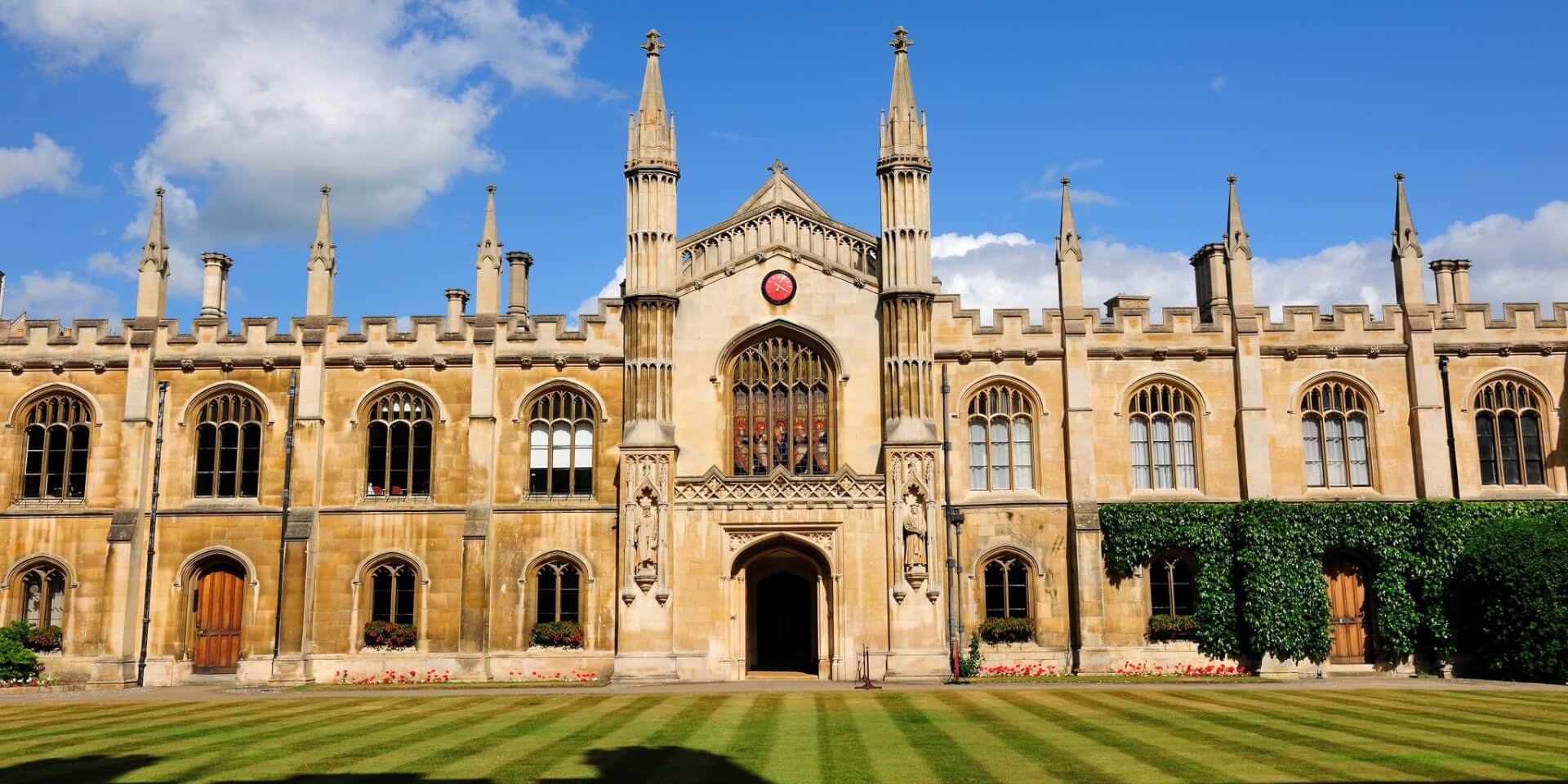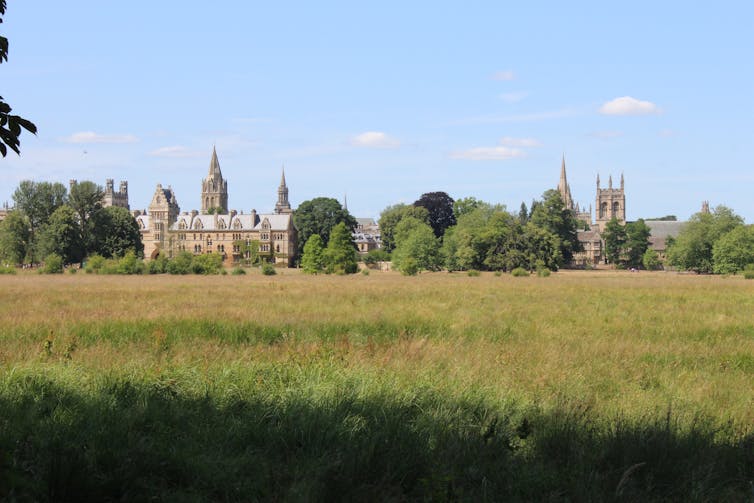
This article is part of the ISC’s Transform21 series, which features resources from our network of scientists and change-makers to help inform the urgent transformations needed to achieve climate and biodiversity goals.
Over 1,000 universities and colleges from 68 countries have pledged to halve their emissions by 2030 and reach net zero emissions by 2050. Initiatives to add LED lighting and solar panels to buildings, like at the University of Bristol, have been important steps forward. But for emissions which prove harder to reduce – like those from heating ancient listed buildings – many universities will have to resort to carbon offsetting.
Carbon offsetting – capturing and storing atmospheric carbon or reducing carbon emissions from one source in order to compensate for emissions made elsewhere – is a practice that, while controversial, can help reach net zero goals. Academic institutions will reach net zero when the greenhouse gases their activities release are balanced out by greenhouse gas removal from the atmosphere.
Organisations often pay for carbon offsetting from providers with overseas projects for, say, protecting or growing forests. Yet universities in the UK and beyond own substantial amounts of land which they could use to offset emissions in their own backyard.
The universities of Oxford and Cambridge are among the largest landowners in the UK. The ten largest college campuses in the US cover over 45,982 hectares between them. And yet our review of 16 university carbon-management schemes showed that none had quantitatively considered how their land might be used to offset emissions.

Newcastle University in north-east England manages two research farms, Cockle Park and Nafferton, with a combined area of 805 hectares. Our research found that the carbon stored in this land amounts to 103,619 tonnes – 98,050 tonnes from the top 90cm of soil and 5,569 tonnes from trees.
That’s equivalent to 16 years’ worth of the university’s greenhouse gas emissions at current rates. We concluded that the university could offset up to 50% of its greenhouse gas emissions by changing the way it uses land at the farms.
Currently, most of the university’s farmland is arable, meaning that the land is ploughed or tilled regularly to grow crops – removing carbon from the soil. By changing one of the university’s farms to mixed woodland with broad-leaved and coniferous trees, converting it into a carbon sequestration research centre, Newcastle University could capture 1,856 tonnes of carbon per year – offsetting 29% of its greenhouse gas emissions over a period of 40 years.
University researchers could then systematically study different nature-based solutions to reducing emissions, like tree-planting versus rewilding or agroforestry, and their implications for biodiversity as well as environmental, economic and social sustainability.
This could restore significant terrestrial carbon losses from past land-use change. The division between agricultural land and woodland at Nafferton farm likely resulted from medieval “slash-and-burn” agriculture. Our data suggests that this process, involving burning woods to create fields, resulted in an overall carbon loss of about 74,000 tonnes from the land that is now Nafferton farm.
At Cockle Park farm, which has been part of Newcastle University since 1896, a map from around 1900 showed that 84% of the agricultural land was then managed as meadows and pastures, and only 16% was arable land. In comparison, just 21% of the land is now permanent meadows and pastures while 79% is arable. This change at the farm resulted in a carbon loss of about 3,250 tonnes while the farm was managed by Newcastle University.
Implementing carbon offsetting schemes that involve changing land use entirely comes with substantial challenges. According to our university’s farm director, the main concerns would be restrictions on land use within tenancy agreements, as well as how land-use change might affect government agricultural subsidies or the university’s ability to deliver agricultural teaching.
In light of this, we need to find ways to increase soil carbon in arable land too. This could be achieved by tilling less land, recycling straw and manure as fertiliser, or using mob grazing. Mob grazing is where lots of animals are released onto a small area of grass to graze for a short time, before leaving the grass to recover for longer than usual – believed to enhance soil carbon content.
Once carbon offsetting schemes are in place, the pros and cons of using land in this way could then be debated and researched by the academic community to improve offsetting techniques, rather than being swept under the rug by exporting offsets overseas.
In pursuit of their ambitious net-zero carbon targets, universities should first reduce their greenhouse gas emissions as much as they can. And to deal with the remaining emissions, universities should seriously consider carbon offsetting strategies for the land under their management. That’s how they can set a good example to other land-holding institutions across the world.
This article is authored by David Werner, Professor in Environmental Systems Modelling, Newcastle University, and was first published in The Conversation.
Image by Llee_wu on Flickr, CC BY-ND